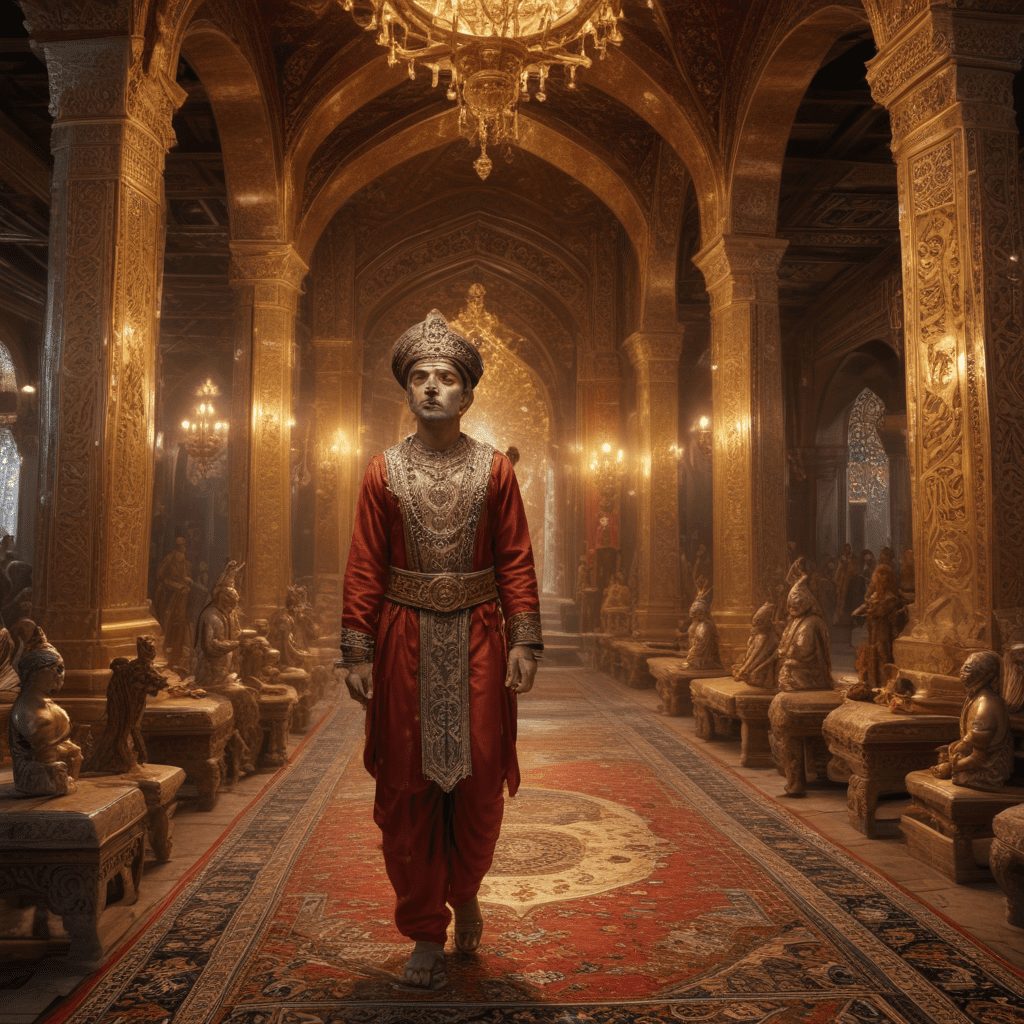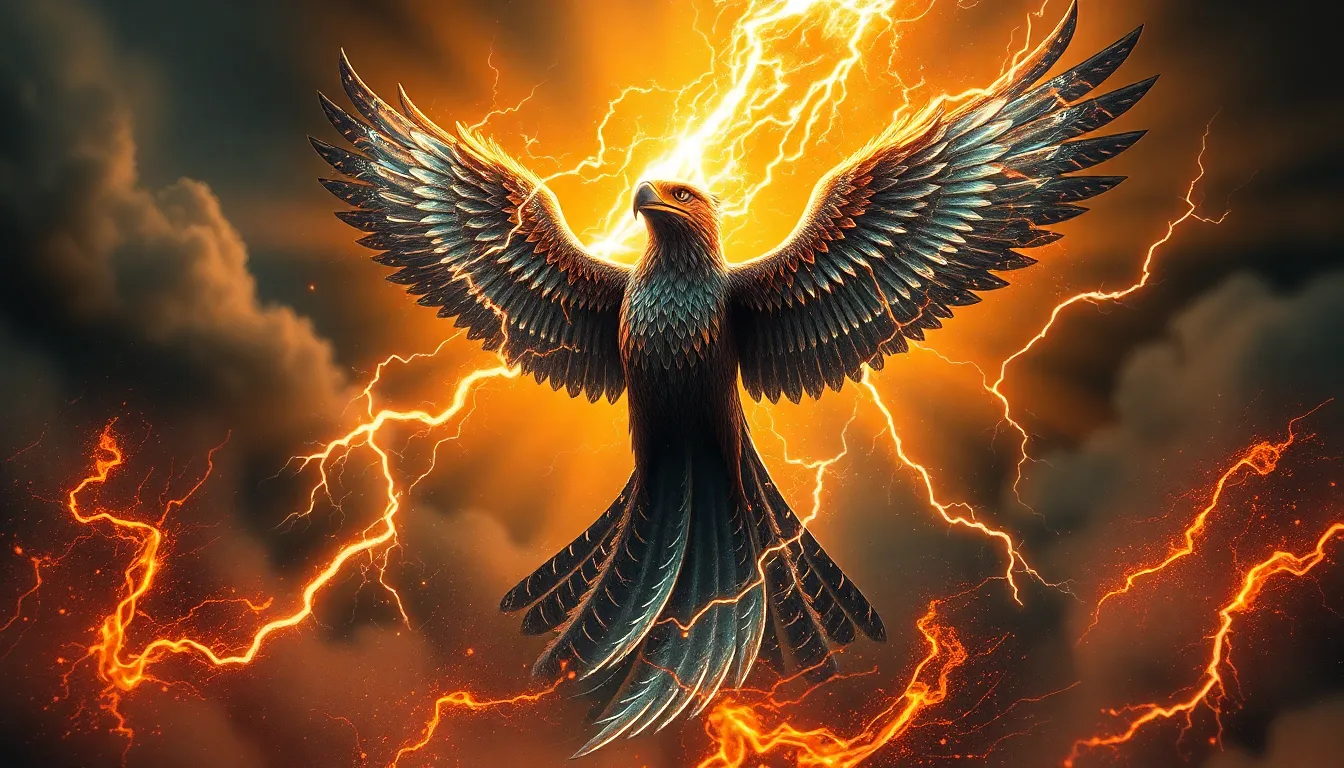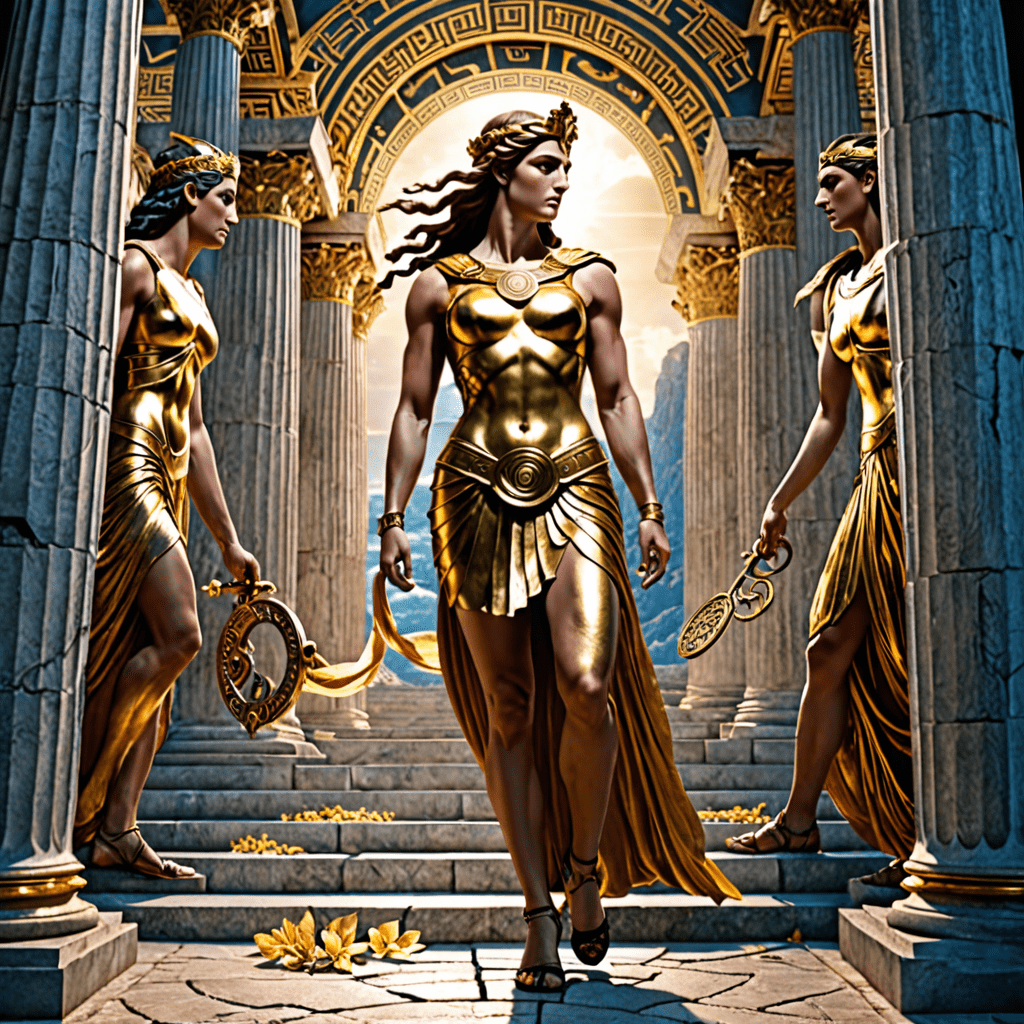1. Introduction:
Persian Mythology: A Legacy of Rituals and Ceremonies
Persian mythology, deeply intertwined with the ancient Iranian culture, presents a rich tapestry of intricate rituals and ceremonies that have shaped the spiritual and social landscape of the region for centuries. These practices, rooted in the Zoroastrian faith, served not only as expressions of devotion but also as vital means of maintaining cosmic balance and ensuring prosperity. By delving into the heart of these rituals and ceremonies, we embark on a journey through the vibrant tapestry of Persian mythology, uncovering its profound impact on the lives of its adherents.
2. Rituals and Ceremonies: An Overview
In the context of Persian mythology, rituals and ceremonies transcend mere symbolic gestures; they represent meticulously choreographed acts of devotion and communion with the divine. These practices aim to appease the benevolent deities, ward off evil spirits, and maintain the delicate equilibrium between the material and spiritual realms. From elaborate fire rituals to somber funerary rites, each ceremony carries profound significance, reflecting the deeply ingrained beliefs and values of the ancient Persians.
Priests, revered as intermediaries between the mortal and divine realms, play a pivotal role in the execution of these rituals. Their profound knowledge of the sacred texts, coupled with their meticulous adherence to ritualistic protocols, ensures the efficacy of these practices. Through their guidance and expertise, the rituals and ceremonies of Persian mythology maintain their potency and efficacy, bridging the gap between the human and the divine.
3. Fire Rituals: The Sacred Flame
Fire, a revered element in Zoroastrianism, occupies a central position in Persian mythology. It symbolizes purity, illumination, and the divine spark that resides within every living being. Fire rituals, therefore, hold immense significance, serving as conduits for connecting with Ahura Mazda, the supreme deity, and seeking his blessings.
Among the most prominent fire rituals are the Yasna and the Afrinagan. The Yasna, a complex ceremony involving the recitation of sacred hymns and offerings to the fire, aims to invoke divine favor and maintain cosmic harmony. The Afrinagan, a simpler ritual, expresses gratitude to Ahura Mazda and seeks blessings for individuals or communities. The symbolic meaning of fire extends beyond its physical manifestation, representing the transformative power of knowledge and the eternal flame of truth that illuminates the path towards enlightenment.
4. Funerary Rites: Transition and Transformation
Death, in Persian mythology, is not merely an end but a transition, a passage into the realm of the unknown. The elaborate funerary rites practiced by the ancient Persians reflect their profound beliefs about the afterlife and the soul's journey.
The Zoroastrian funeral ceremony involves a series of meticulously observed steps, each imbued with symbolic meaning. The most notable practice is the exposure of the body to scavenging birds, a ritual purification aimed at separating the soul from the physical躯体. This act symbolizes the liberation of the soul from the constraints of the material world, paving the way for its ascent to the spiritual realm. The beliefs about the afterlife vary across different texts, but the general notion prevails that the soul undergoes a judgment based on its deeds in the mortal realm, determining its ultimate fate.
6. Royal Rituals: The King as Divine Representative
Rituals and ceremonies played a crucial role in legitimizing the authority of Persian kings and solidifying their connection to the divine. These elaborate practices, steeped in symbolism, underscored the king's divinely ordained status and reinforced his position as the supreme earthly representative of Ahura Mazda.
The coronation ceremony, a grand spectacle, served to publicly proclaim the king's ascent to the throne. The elaborate rituals involved the bestowal of the royal regalia, including the crown, scepter, and robe, each imbued with symbolic significance. These objects represented the king's divinely bestowed authority and his responsibility to uphold justice, maintain order, and protect the realm. This ceremony served not only as a political event but also as a sacred act, linking the king to the ancient lineage of righteous rulers and emphasizing his divinely ordained role.
The Nowruz celebrations, marking the Persian New Year, provided another stage for the performance of royal rituals. The king, adorned in elaborate attire, would participate in public processions and ceremonies, reaffirming his bond with the people and his commitment to ensuring prosperity and well-being for the kingdom. These festivities served to strengthen the king's image as a benevolent and just ruler, further consolidating his authority and fostering unity among his subjects.
The royal hunt, a ritualized act deeply embedded in Persian tradition, held profound symbolic meaning. The king's success in hunting symbolized his prowess as a warrior and his ability to protect his people from danger. This ritual also represented the king's mastery over the natural world, reflecting his role as the guardian of cosmic order and the upholder of justice.
7. Rituals for Healing and Protection
Beyond grand spectacles and elaborate ceremonies, Persian mythology also encompassed a wide range of rituals aimed at healing and protection. These practices, rooted in the belief in the interconnectedness of the physical and spiritual realms, sought to ward off evil spirits, cure illnesses, and promote well-being.
Rituals for healing often involved the recitation of sacred hymns, the offering of prayers, and the use of amulets and talismans believed to possess protective powers. These practices aimed to appease benevolent spirits and invoke their aid in restoring balance and harmony to the individual. The belief in the power of words and incantations played a significant role in these healing rituals, reflecting the ancient belief that language could influence the course of events and bring about positive outcomes.
Protective rituals, aimed at warding off evil spirits and safeguarding individuals from harm, held equal importance in Persian mythology. These rituals often involved the burning of incense, the sprinkling of holy water, and the recitation of protective incantations. Amulets and talismans, inscribed with sacred symbols or verses from holy texts, were also commonly used as safeguards against misfortune and malevolent forces. The underlying belief in these practices stemmed from the Zoroastrian worldview, which emphasized the constant struggle between the forces of good and evil and the need for vigilance against the ever-present threat of negativity.
8. The Enduring Legacy of Rituals and Ceremonies
The rituals and ceremonies of Persian mythology, though no longer practiced in their original form, continue to hold significance in understanding the cultural and spiritual landscape of Iran and its neighboring regions. These practices offer a glimpse into the ancient worldview, beliefs, and values of the people who shaped this rich and vibrant mythology.
The influence of these rituals can still be observed in contemporary Iranian customs and traditions. The celebration of Nowruz, with its emphasis on renewal and rebirth, echoes the ancient rituals that marked the cyclical nature of time and the promise of a fresh start. The practice of reciting prayers and seeking blessings from holy figures finds resonance in the ancient invocations to Ahura Mazda and other benevolent deities.
The study of Persian mythology's rituals and ceremonies not only sheds light on the past but also offers insights into the enduring influence of ancient beliefs and practices on contemporary societies. These rituals, once vibrant expressions of faith and devotion, continue to resonate through cultural traditions, фольклор, and the collective memory of the people who have inherited this rich mythological legacy.
9. The Impact of Rituals on Individuals and Communities
The impact of rituals and ceremonies in Persian mythology extended far beyond the realm of individual belief and spiritual fulfillment. These practices played a crucial role in shaping social cohesion, fostering a sense of shared identity, and transmitting cultural values across generations.
Rituals served as powerful unifying forces, bringing together individuals from different social backgrounds and strengthening bonds within communities. The shared experience of participating in these elaborate ceremonies reinforced a sense of belonging and共同点 among the participants. These practices also facilitated the transmission of cultural values and beliefs from one generation to the next, ensuring the continuity of traditions and fostering a shared sense of history and heritage.
Beyond fostering social cohesion, rituals and ceremonies also played a significant role in maintaining social order and reinforcing moral values. The emphasis on purity, righteousness, and obedience to divine law, which permeated many of these rituals, helped to shape individuals' ethical conduct and promote a sense of responsibility towards the community. The public performance of these rituals served as a constant reminder of the shared values and expectations that governed society, contributing to the maintenance of social harmony and stability.
10. Conclusion: A Journey Through Ritual and Mythology
The exploration of rituals and ceremonies in Persian mythology unveils a rich tapestry of beliefs, practices, and symbolism that have shaped the cultural and spiritual landscape of the region for centuries. From elaborate fire rituals to intricate funerary rites, these practices offer profound insights into the ancient worldview, values, and aspirations of the people who inhabited this vibrant civilization.
The enduring legacy of these rituals continues to resonate in contemporary societies, influencing customs, traditions, and the collective memory of the people who have inherited this rich mythological heritage. By delving into the heart of these rituals and ceremonies, we gain a deeper understanding not only of the past but also of the cultural and spiritual forces that continue to shape the present.



